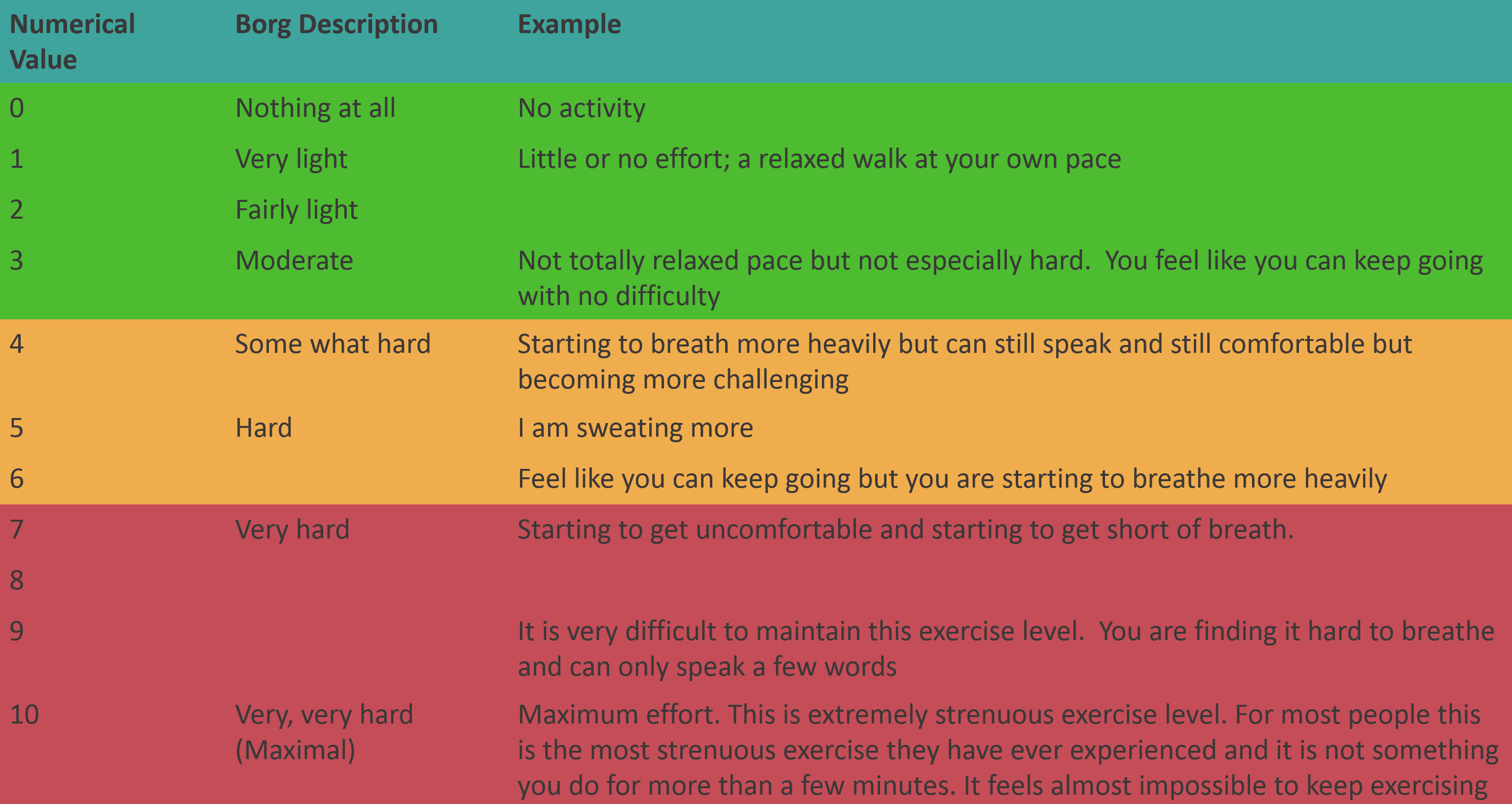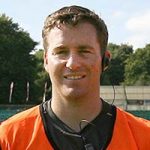Flexible timing of measurement is another benefit of Session-RPE

In a previous blog, we looked at the concept of implementing an effective system for monitoring training load and the benefits provided by session RPE (session rating of perceived exertion). The article outlined the many advantages of session-RPE and recent studies have highlighted another benefit of this approach when illustrating that there is greater flexibility in terms of the time of recording data than was previously thought. What we identified in the article entitled Session-RPE is an easy and effective method of monitoring training load was that in practical terms there are many advantages of using session-RPE to monitor training load. For example, it allows a coach to monitor training loads compared to intended loads, making it a simple way to check the implementation of training as planned. Also by monitoring daily training loads, this method can help reduce training monotony and assist in preventing over-training and illness. It assists in detecting athletes who are not coping with training, and helps ensure that athletes returning from injury are not progressed too quickly. Session-RPE can also be used in monitoring the loads of different groups within a team. The value of the session-RPE method is summed up by Aaron Coutts, Lee Wallace and Katie Slattery in Monitoring Training load when they state
Training load can be monitored in many different ways, however, we recommend the session-RPE method for quantifying training load because it is simple to use, easy to understand and relatively easy to implement. From a sports science perspective, a valid and reliable record of training load allows the effectiveness of different training to be assessed. It can be used to ensure that both sufficient training loads are implemented and that excessive loads are not. Finally, over time and with some practice, accurate monitoring of training load will enable the coach to better understand the best training methods for individual athletes. Ultimately, this may lead to improved performance in competition
Not surprisingly, the implementation of session RPE monitoring into training schedules across the globe has enhanced preparation of athletes and in turn leads to better performances in competition. One of the questions that cropped up regularly in terms of session RPE was identifying when, in relation to training, is the optimum time to take the measurement. Depending on the type of activity being undertaken, a variety of measures could impact on when a coach or athlete has the opportunity to record the information. Since the introduction of session-RPE measurement, it was generally accepted that the training sessions should be evaluated approximately 30 minutes after a session. Among those supporting this idea is George Beckham who suggests in Quantify Your Workouts with Session RPE that the optimum time for recording measurement is 15 to 30 minutes after training, while he points out that the effort required in the final drill will have an impact on the score reported by the athlete, so it is important that sufficient time must be allowed lapse in order to mitigate this effect. In light of this assertion, it is not too unreasonable to conclude that the opposite is also the case and if too much time is allowed to elapse before scores are recorded, then this will also have an effect on the results. However, recent research suggests that time is not a significant factor when it comes to recording measurements. This conclusion is arrived at by Joshua Christen, Carl Foster, John P. Porcari, and Richard P. Mikat in their study entitled Temporal Robustness of the Session RPE published in February of this year. The aim of this study was investigate what effect measurement time has on session RPE after steady-state and interval cycle exercise. Analysis was carried out on both male and female athletes with post-training measurements taken at times varying from five minutes to 24 hours. The pattern of these measurements indicates that there is no significant difference to session RPE as the study makes the following conclusion:-
Post-exercise time does not appear to have a significant effect on sRPE after either steady-state or interval exercise. Thus, sRPE appears to be temporally robust and is not necessarily limited to the 30-min post exercise window historically used with this technique, although the presence/absence of a cool-down period after the exercise bout may be of importance
These findings are backed up by the results of Does the Timing of Measurement Alter Session-RPE in Boxers by Marco C. Uchida, Luis F. M. Teixeira, Vladmir J. Godoi, Paulo H. Marchetti, Marcelo Conte3,5, Aaron J. Coutts and Reury F. P. Bacurau, published in January 2014. This was a more specific study in that its aim was to analyse measurement of session RPE of eight boxers after 10 minutes compared to 30 minutes. One of the motivations of the research was the view that having an athlete wait for 30 minutes before they evaluate their session put an unnecessary extra demand on the time of athletes who are already very busy. This would be a particular concern for athletes who are at High School or College. There was no significant effect of measurement time on session-RPE values following easy, moderate and hard, prompting the researchers to conclude that
Our findings suggest that session-RPE can be used in boxing training routines across a range of intensities and accurate measurements can be determined as early as 10 minutes after exercise
The results of the studies show us that measurement session-RPE is robust and that measurements taken as soon as ten minutes after training are as accurate as those taken 24 hours later. As Does the Timing of Measurement Alter Session-RPE in Boxers concludes in summing up the benefit of more flexibility in the timing of recording measurement:
This observation has important implications, as the time demands for using the session-RPE method are reduced, further supporting the use of session-RPE as a practical method to quantify training load in athletes as opposed to more tedious objective measures which create obvious barriers
Metrifit provides a simple and effective method for athletes to record their session-RPE as part of its complete athlete monitoring package. To find out more information please visit Metrifit overview or contact us at
References
Temporal Robustness of the Session RPE: Authors: Joshua Christen, Carl Foster, John P. Porcari, and Richard P. Mikat
Session-RPE is an easy and effective method of monitoring training load
Does the timing of measurement alter session-rpe in boxers? Journal of Sports Science & Medicine: Marco C. Uchida, Luis F. M. Teixeira, Vladmir J. Godoi, Paulo H. Marchetti, Marcelo Conte, Aaron J. Coutts and Reury F. P. Bacurau
Quantify your workouts with session RPE by George Beckham
Monitoring training load by Aaron Coutts, Lee Wallace and Katie Slattery
About Metrifit
Metrifit is an athlete monitoring system that gathers subjective and objective information from both coaches and athletes in a simple but effective manner with intelligent visualization helping coaches and athletes to act on that data. Why not have a look at our Ready to Perform product and gain insight on the physical and mental state of your athletes through our daily wellbeing questionnaire? To find out more visit our Metrifit Product Overview page or get in touch for a free demo.
































 Previous Post
Previous Post





